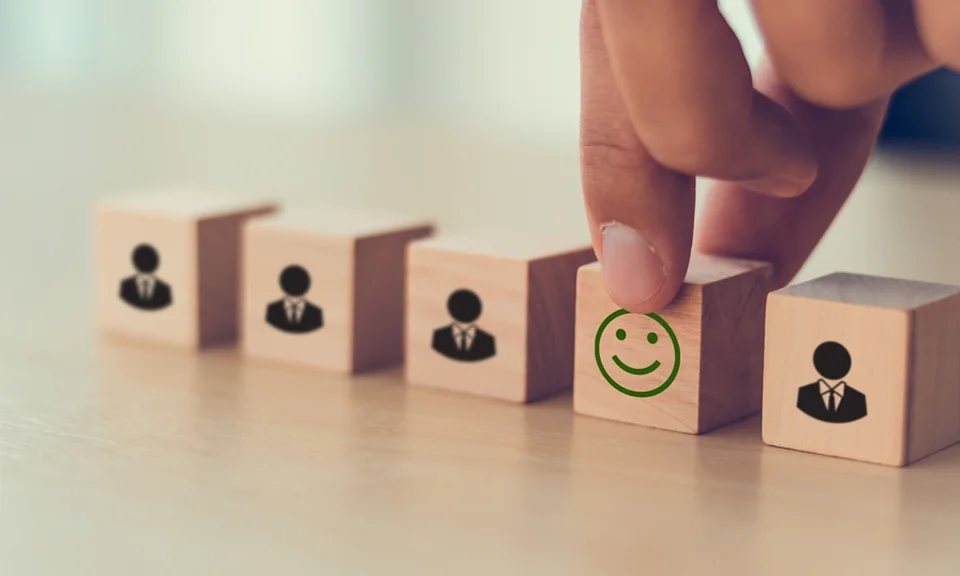October 28, 2025

In today’s evolving work culture, companies are on a constant quest to improve workplace engagement. One rising strategy that has caught attention is gamification—the use of game-like elements in non-game contexts, like employee tasks, training, or performance tracking. But does gamification really move the needle on productivity and satisfaction, or is it just a flashy trend?
Let’s explore how gamification affects modern workplaces and whether it truly enhances workplace engagement or fades into the background like so many corporate fads before it.
Gamification applies elements like points, leaderboards, achievements, and challenges to daily work tasks. Think: earning badges for completing training modules, competing in team-based productivity challenges, or climbing a performance leaderboard in a sales department.
Popular workplace gamification tools include:
These tools aim to inject a sense of competition and accomplishment into otherwise routine work—ideally boosting workplace engagement by making tasks feel more rewarding.
The core of workplace engagement is about how emotionally and cognitively invested employees feel in their work. Gamification taps into basic human psychology: we’re wired to respond to feedback, recognition, and clear goals.
Here’s how gamification can boost engagement:
For companies struggling with disengaged workers or quiet quitting, adding game mechanics can reintroduce motivation, especially in repetitive or data-driven roles.
However, the effectiveness of gamification depends heavily on how it’s implemented. A points system without purpose—or rewards that feel trivial—can come off as patronizing or even manipulative.
Employee motivation is the engine that powers engagement. And gamification, when thoughtfully applied, can be a powerful motivational tool. But it's important to recognize that different employees are motivated by different things.
Gamification tends to lean on extrinsic motivators (badges, scores), which can work well in the short term. But for long-term success, these mechanics should support deeper intrinsic drivers. For example, a learning game should feel like it’s helping someone grow, not just earning points.
Pro Tip: Allow employees to personalize their gamification experience. Let them choose goals, customize avatars, or select challenges—this increases ownership and, in turn, motivation.
Despite its benefits, gamification is not a silver bullet. Some companies launch gamified systems only to find that:
If the game mechanics don’t align with company culture or job relevance, they risk becoming noise—or worse, disengagement drivers. Gamification should support your existing culture, not replace it.
Gamification is neither a miracle solution nor an empty gimmick. When designed thoughtfully, it can enhance workplace engagement by making tasks more interactive, meaningful, and rewarding. But its success depends on balance—combining fun with function, and metrics with meaning.
The future of workplace engagement may not be about making work into a game—but about learning what games get right: clear goals, timely feedback, and meaningful progress. If gamification can help deliver that, it's here to stay.